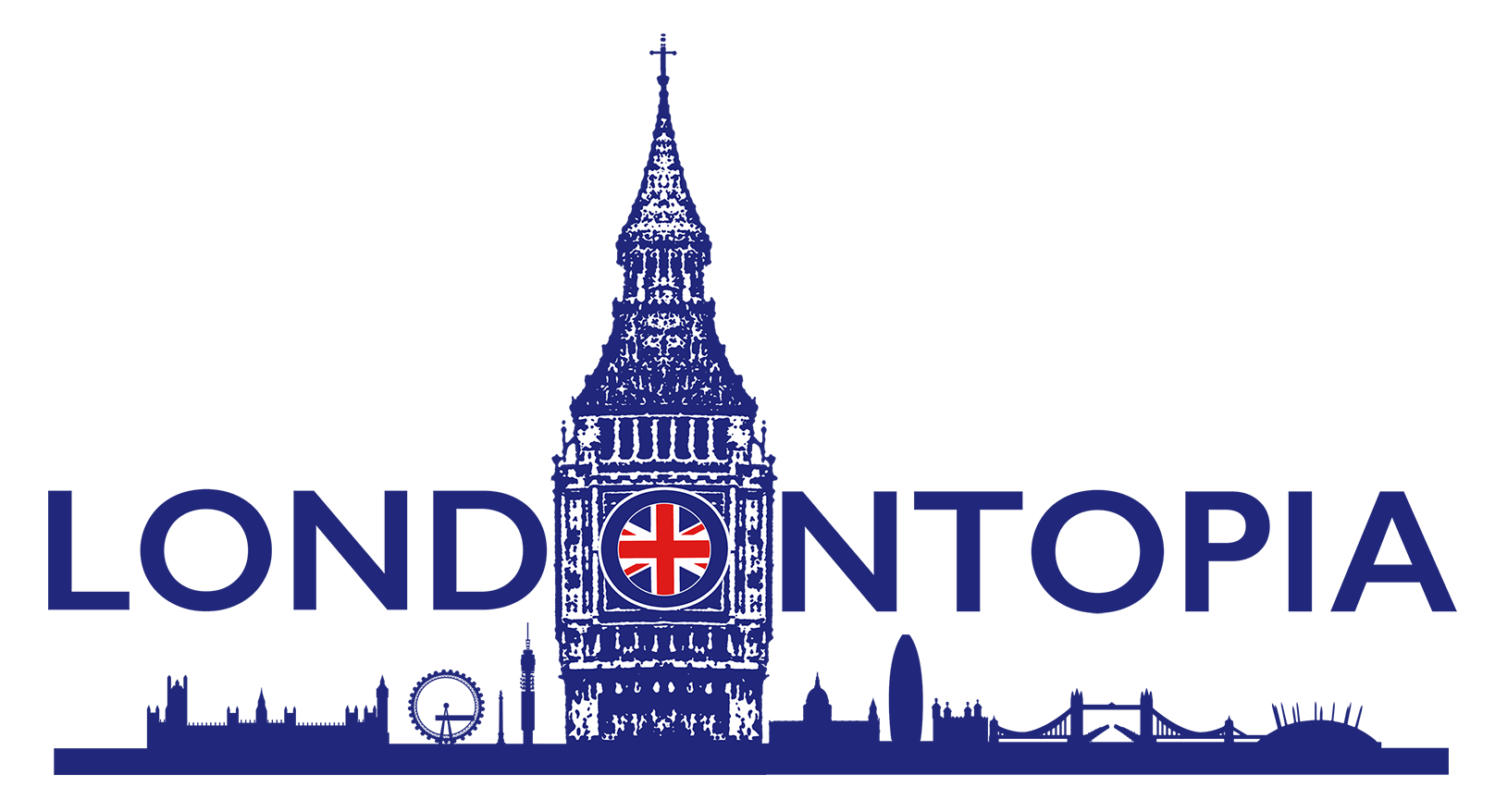While settlements existed along the Thames well before the 1st Century, the Romans came to Britain in 43 A.D. and established a settlement they named Londonium. After a battle razed the settlement in 61 A.D., the Romans decided to rebuild Londonium as a planned town. Over time, the Romans continued to build in London, but with the withdrawal of the Romans in the 5th Century, Londonium began to decline and the Empire’s influence faded. However, despite all this, much of Roman London survives today and is available to visit, whether it’s a still-standing structure or a site unearthed by archaeologists.
London Wall
One of the best still-standing Roman ruins in all of Britain, the wall was built in the 2nd Century as a defensive measure. It was constructed of Kentish ragstone and was one of the most ambitious construction projects in all of Roman Britain. Even after the Roman withdrawal, subsequent generations continued to expand and modify it as it formed the limits for the city. Though it’s long-since fallen apart, many sections of it are still visible near the Museum of London, the Barbican, and the London Wall road.
St. Bride’s Church

The church whose steeple inspired modern wedding cakes has an even deeper history than anyone would suspect. Beneath the church’s crypt are the remains of a Saxon church built on top of an even older Roman building. All that remains is a Roman decorated floor. Local legend and St. Bride’s itself claims that the Roman floor was the foundation of one of the first Celtic Christian churches in Britain.
Temple of Mithras

Also known as the London Mithraeum, the Temple of Mithras was a place of worship for one of the empire’s mystery religions. Museum of London Director W.F. Grimes excavated the site in Walbrook beginning in September 1954. Plenty of artifacts for Mithras were found in the area as early as 1890, but it wasn’t until after the London Blitz that workmen first uncovered evidence of the building that Grimes would later unearth. You can probably see something from the street, but the site is closed while excavation continues.
St. Magnus the Martyr Church

St. Magnus the Martyr sits near the original alignment of London Bridge between the City of London and Southwark. While the church itself does not have a Roman foundation like so many other parts of the city, its porch contains a unique artefact. Bonded to a corner of the porch is a piling from the Roman docks that has been dated to 75 A.D.
Amphitheatre Underneath the Guildhall

Even the City of London’s headquarters has a tie to the ancient Roman town. Beneath its basement is the foundation of what was once an amphitheatre. Built around 70 A.D. and then renovated in the 2nd Century, it could seat thousands of people to watch gladiatorial matches, public executions, dramatic productions, animal fighting, and public speeches. The walls were discovered in 1988 during work on the Guildhall Art Gallery and can be visited during any trip to the Guildhall.
Watling Street

One of the Romans’ many contributions to the world were their magnificent roads, and Watling Street in London began as one of these. The original road stretched from Canterbury to Wales, but now only the short stint of the road leading to St. Paul’s Cathedral remains. The area was also the site of a major battle between indigenous Britons, led by the warrior queen Boadicea, and the Romans. While the remains of the Roman road are buried under the street, you can still walk it today and imagine what it was like to be a Roman centurion traveling that same path.
Museum of London

Whatever you don’t find at any of these previous locations can be found in the collection of the Museum of London. Artefacts from excavations all over the city can be found in its Roman collection cover a period from 50 to 410 A.D. and includes items such as busts, marble, tiles, metalwork, and even leather bikinis. The museum is open every day from 10 AM to 6 PM except from Dec. 24 to 26.



Much of ‘Roman’ London which has survived above ground to this day more than likely is mediaeval rebuild.